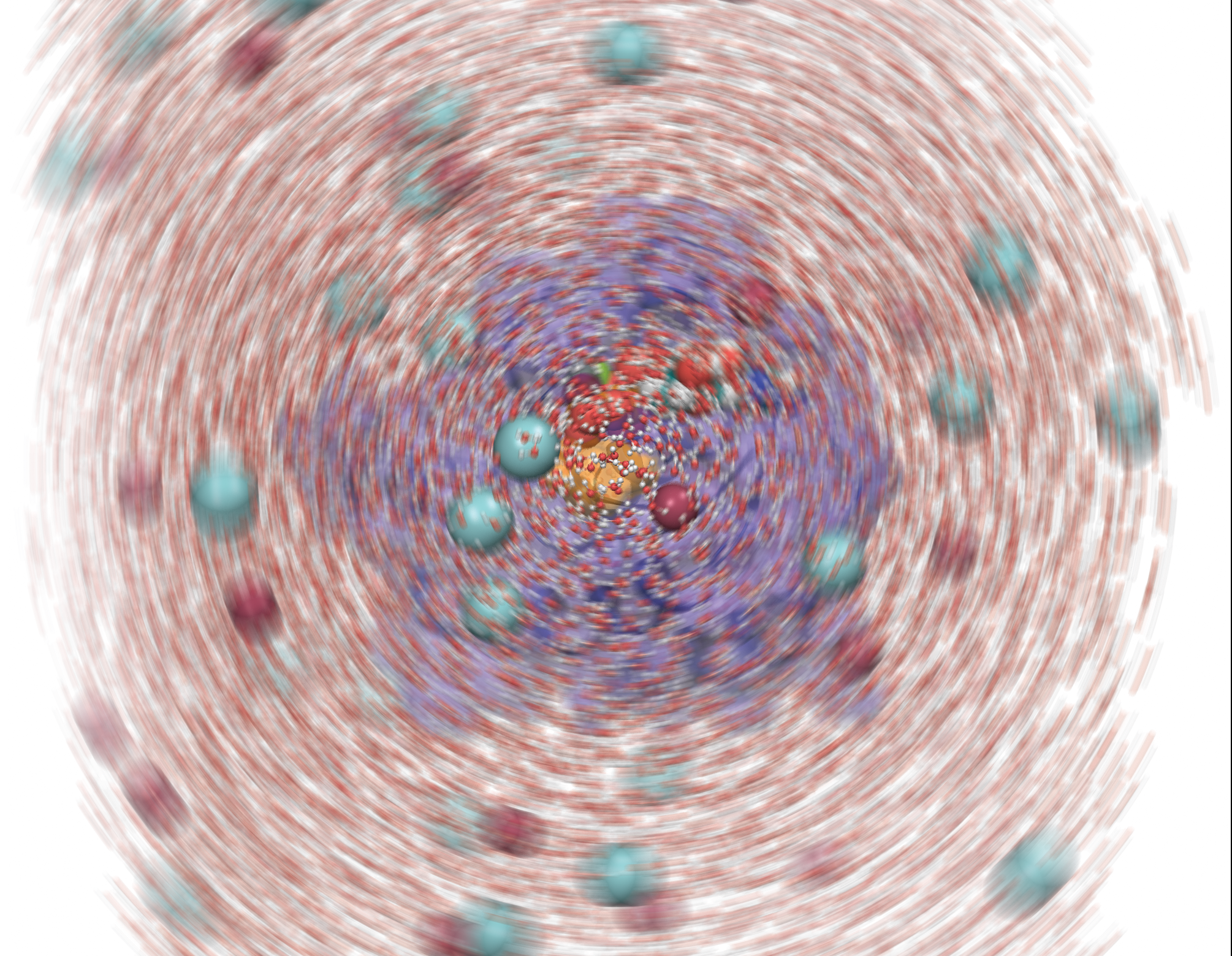The effects of KRAS mutations underlying many different types of cancer are more diverse than previously thought, according to a new study led by the University of Eastern Finland. Different mutations in the same amino acid of the KRAS protein have so varied effects on protein function that they may require different approaches when it comes to treatment and drug development. The findings were published in PLOS Computational Biology.
Mutations occurring in the human body’s proteins often constitute a critical factor that predisposes to cancer development. In this sense, one of the most important proteins is KRAS, whose mutations play a role in the development of pancreatic cancer, among others. Point mutation of the glycine 12 amino acid of the KRAS protein can – depending on the mutation – cause glycine to mutate into any of the six possible different amino acids, all of which make the protein overactive. This causes uncontrolled cell growth and, consequently, the development of cancerous tissue.
Previously, all of the six different mutations occurring in the same location of the KRAS protein were regarded equal in their function. However, this may not be the case as the newly published study now shows that these mutations are not fully random: different mutations occur more or less frequently in different tissue types. This suggests that different mutations may have a different effect on protein function.
The researchers conducted a thorough analysis of the effects of different mutations on protein function with the help of computer-simulated molecular dynamics. The simulation showed that different mutations have different effects on protein dynamics and, consequently, on protein function. These observed differences may partially explain why different mutations occur more or less frequently in different tissue types. The study is the first to show that different mutations occurring in the same location have a different effect on the molecular-level function of the KRAS protein.
Photo caption: A mutation at the amino acid glycine 12 (orange) of the KRAS protein (purple) has an effect on KRAS dynamics. Image: Tatu Pantsar.
Journal Reference: Tatu Pantsar, Sami Rissanen, Daniel Dauch, Tuomo Laitinen, Ilpo Vattulainen, Antti Poso. Assessment of mutation probabilities of KRAS G12 missense mutants and their long-timescale dynamics by atomistic molecular simulations and Markov state modeling. PLOS Computational Biology, 2018; 14 (9): e1006458 DOI: 10.1371/journal.pcbi.1006458










